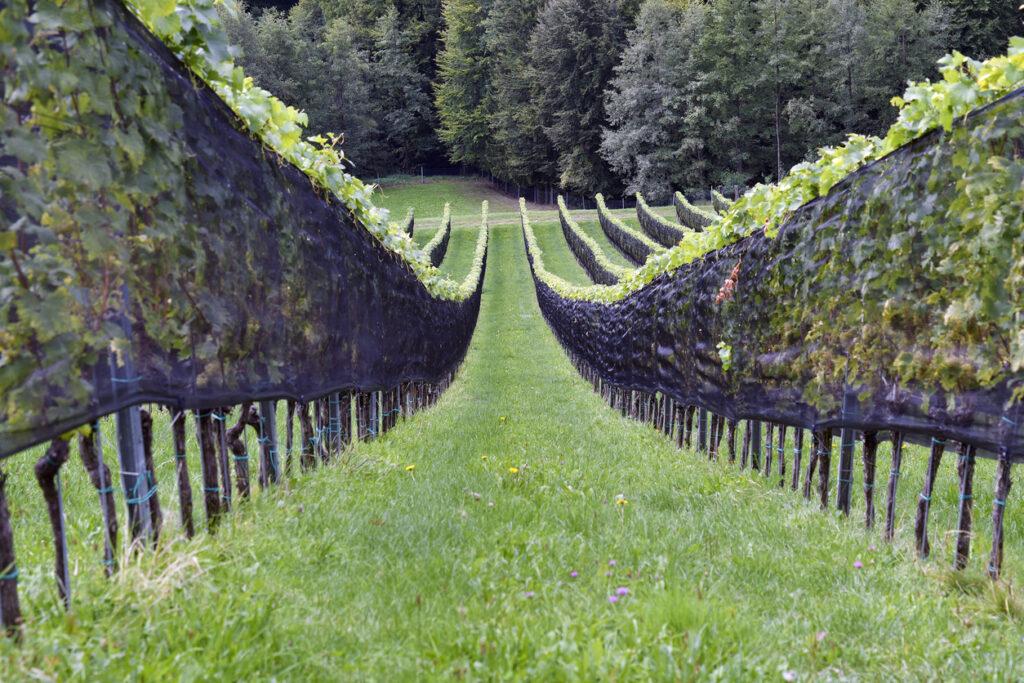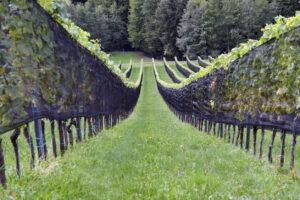Tools & Strategies for Vine and Canopy Management

The United States accounted for nearly 9% of global wine production in the year 2020 with California always topping the list in the country. This volume can rise by establishing additional vine-bearing areas and sensitizing vineyard managers on canopy management. Canopy management is the laying down and execution of strategies that lead to the production of quality yield.
It begins with choosing a favorable zone to establish a vineyard, selecting vine type or cultivar, trellis construction, pruning, thinning, and anything else in between, up to the wine production stage. More importantly, canopy management involves defense plans that protect your grapes from elements like birds that may compromise or affect their growth.
Vineyard owners need to combine numerous strategies to run a successful vineyard. For instance, pest or bird control, pruning, thinning shoots, and investing in proper vineyard tools.

Vineyard Bird Control
Bird control is an easy vineyard management strategy with several approaches like the following:
- Heavy-duty bird netting: bird nets come in various configurations such as side netting which primarily covers just the fruit zone, or over-the-top style which is most effective when draped slightly above the vines so that birds cannot peck the grapes through the net holes. Choose either extruded netting or woven netting. Extruded netting offers complete protection to the targeted vine zones. Woven netting on the other hand is heavy, flame resistant, and has widening flexibility to fit your requirements.
- Reflective scare tape: scare tape produces sounds and light reflections that frighten away birds at the slightest blowing of the wind.
- Scarecrows: in addition to using reflective tape, you can use a scarecrow too. The only downside is that birds soon realize it is a decoy and invade your vines.
Thinning Shoots
Thinning shoots is one of the most gratifying vineyard activities for cultivators. This process determines the vineyard’s yield capabilities. Thinning shoots involves manipulating or shaping the canopy to achieve quality and healthy vines. It’s crucial for the following reasons.
- Regulation of Cluster Density
Extra-large clusters hinder growth by blocking the fruits from sunlight exposure. Removal of excess shoots to reduce overcrowding creates adequate space for sunlight to penetrate the fruits, thus improving color and flavor.
- Disease Control
Maintaining the appropriate vine canopy density reduces disease pressure resulting from overcrowded leaves that do not dry fast. Thinning improves air circulation, spray, and sunlight penetration. It also facilitates quick drying.
- Quality and Quantity of Crop Yield
Cluster health is achieved through thinning, which is vital for producing quality and balanced yields. The adjustment of the shoot numbers helps to optimize cluster distribution.
When to Thin Shoots
Thinning practices occur during the early stages of growth. They depend on the region the vines are cultivated and the vine cultivar. Timing is critical and should not be done too early or too late.
Some believe the perfect length for thinning shoots is 3 to 6 inches at the earliest and not longer than 10-12 inches. Use your fingers to nip the shoots out during the early growth stage. Alternatively, utilize hand shears to separate the shoots from tendrils when they grow to a height of 16-20 inches.
How to Thin Grape Vines
Grape thinning can happen during late fall or early spring. It enables the vines to thrive in clusters and individually. Note that you should do it immediately after the flowers drop. The process is simple and involves removing small, deformed, or overcrowded clusters. However, thinning shoots on cane-pruned vines is quicker compared to spur-pruned vines. Spur-pruned vines require a detailed strategy for selecting shoots to remove and keep. After shoot thinning, position the shoots using wires to ensure they stay intact to prevent overlapping.
Get Help From A&J Vineyard Supply
Having the right tools and resources for canopy management is the first step toward getting high yields. Contact us today for more canopy management insights and how you can place your orders.
